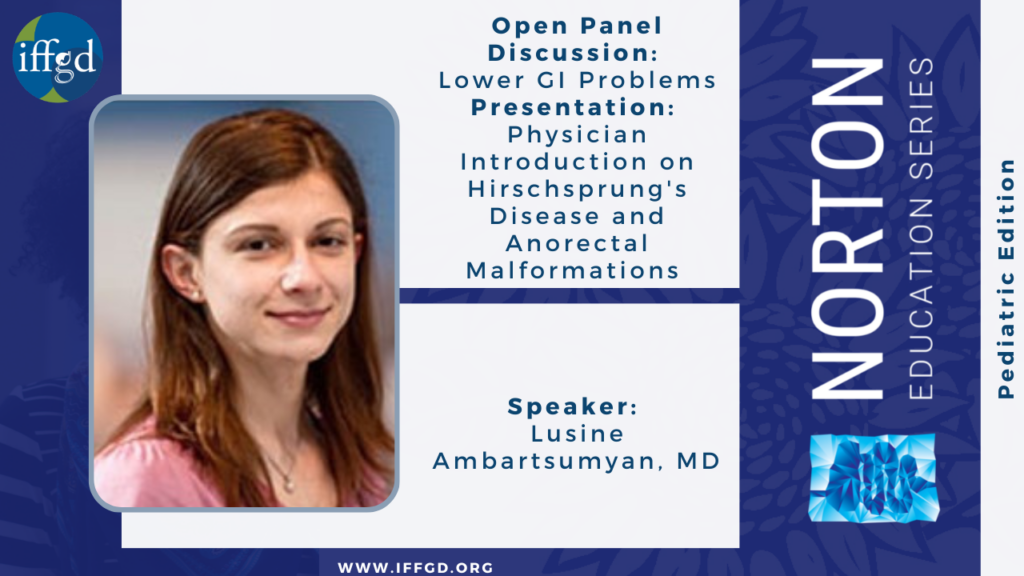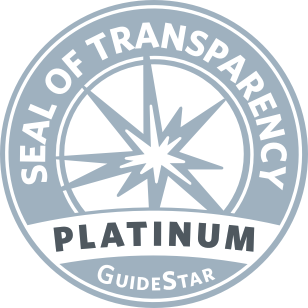What is Hirschsprung’s Disease
Children with Hirschsprung’s disease are missing the nerve cells (“ganglion cells”) within the wall of their colon or rectum. These cells are responsible for the normal wave-like motion of the bowel (peristalsis), and when they are missing the stool stops and an obstruction occurs. The length of affected bowel varies, but the most common transition point is in the upper rectum or the sigmoid colon. Hirschsprung’s disease is also called megacolon. It is a congenital disease, which means a person is born with it. The disease may also be hereditary, which means a parent can pass it to a child. Hirschsprung’s disease affects mainly infants and children.
Symptoms
Although symptoms usually begin within a few days after birth, some people don’t develop them until childhood or even adulthood. In infants, the primary symptom is failure to pass meconium, an infant’s first bowel movement, within the first 24 to 48 hours of life. Other symptoms include:
- vomiting and abdominal distention as a newborn,
- chronic constipation, or
- more rarely diarrhea, fever, and distention (symptoms associated with enterocolitis — inflammation of the small intestine and colon).
Symptoms in older children include passing small watery stools, diarrhea, and a lack of appetite.
Diagnosis
The diagnosis is made by barium x-rays and rectal biopsy. In a lower GI series, x-rays are used to measure the width of the colon and rectum. Rectal biopsy involves removing a piece of rectal tissue through an endoscope to learn whether the nerve cells that control intestinal muscle contractions are present. Rectal manometry, a test that records pressure changes within the colon and rectum, is sometimes performed.
Treatment
The treatment of Hirschsprung’s disease is primarily surgical. The goal is to remove the abnormal bowel and attach the normal bowel to the anus just above the sphincter. The three commonly performed operations, known as pullthrough procedures, are called the Swenson, Duhamel, and Soave operations. The long-term results appear to be similar whichever operation is used.
At one time children with Hirschsprung’s disease usually had a colostomy done at the time of diagnosis, with definitive reconstruction performed at a later stage. In the past 10-15 years, more surgeons have been performing a single-stage repair. Recently, less invasive operations using laparoscopy or a transanal “incisionless” approach have been introduced, with shorter hospital stays, less pain, and less scarring.
Although most children have excellent results following surgery for Hirschsprung’s disease, approximately 10-20% experience continued defecatory problems in the form of enterocolitis, incontinence, and persistent constipation. Incontinence may be caused by sphincter damage at the time of the operation, abnormal sensation, or overflow associated with chronic constipation. Anorectal manometry, a test that measures the pressures in the anal sphincter, may be very helpful in determining the cause.
Persistent constipation can be a frustrating problem after a pullthrough operation. Some patients may have mechanical causes such as a stricture, and rarely patients may have recurrence of the Hirschsprung’s disease itself. Although many of these children are managed without repeat pullthrough surgery, some may require it. In most children with persistent constipation after a pullthrough, the internal anal sphincter fails to relax normally, making it difficult to push stool past it. Most can successfully be managed with laxatives or enemas, but if problems continue many surgeons recommend cutting the sphincter to “relax” it (sphincterotomy or myectomy). [A possible complication is incontinence.] To avoid the potential incontinence associated with a sphincter cutting procedure, injections of botulinum toxin (Botox) may be used in these patients. Although not all children improve with botox, those who do can be treated by repeated injections. In most cases, the problem resolves spontaneously by the age of five or six.
Learn more about Hirschsprung’s in children
Learn more
Watch Dr. Lusine Ambartsumyan discuss Hirschsprung’s Disease and Anorectal Malformations in Pediatrics during IFFGD’s 30th Anniversary Norton Education Series Pediatric Bonus Edition

Sources
Langer JC. Disorders of defecation in children: what is the role of the surgeon. Digestive Health Matters, Spring 2002
Medical College of Wisconsin Physicians and Clinics. Hirschsprung’s disease (megacolon). June 1999.










